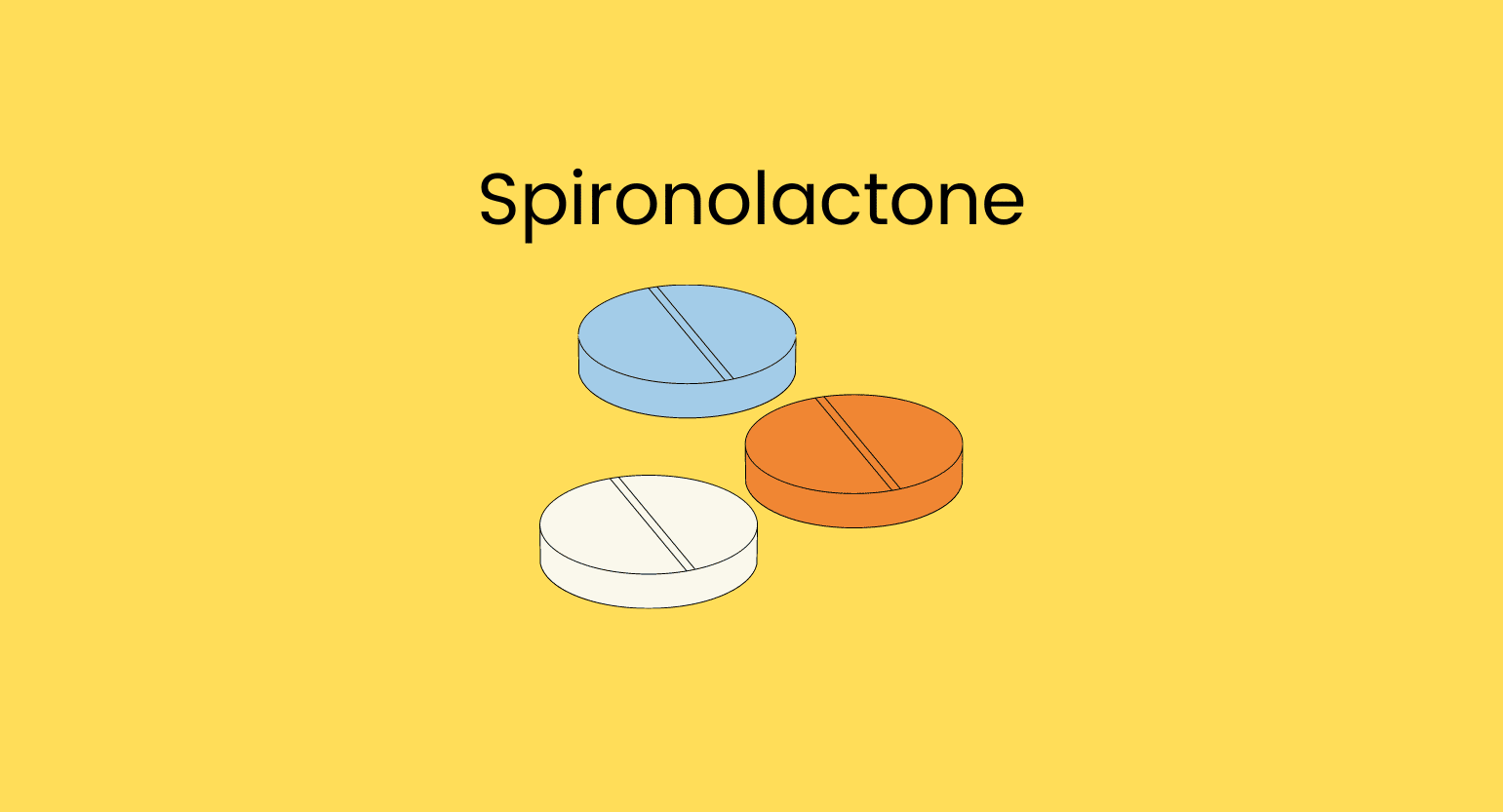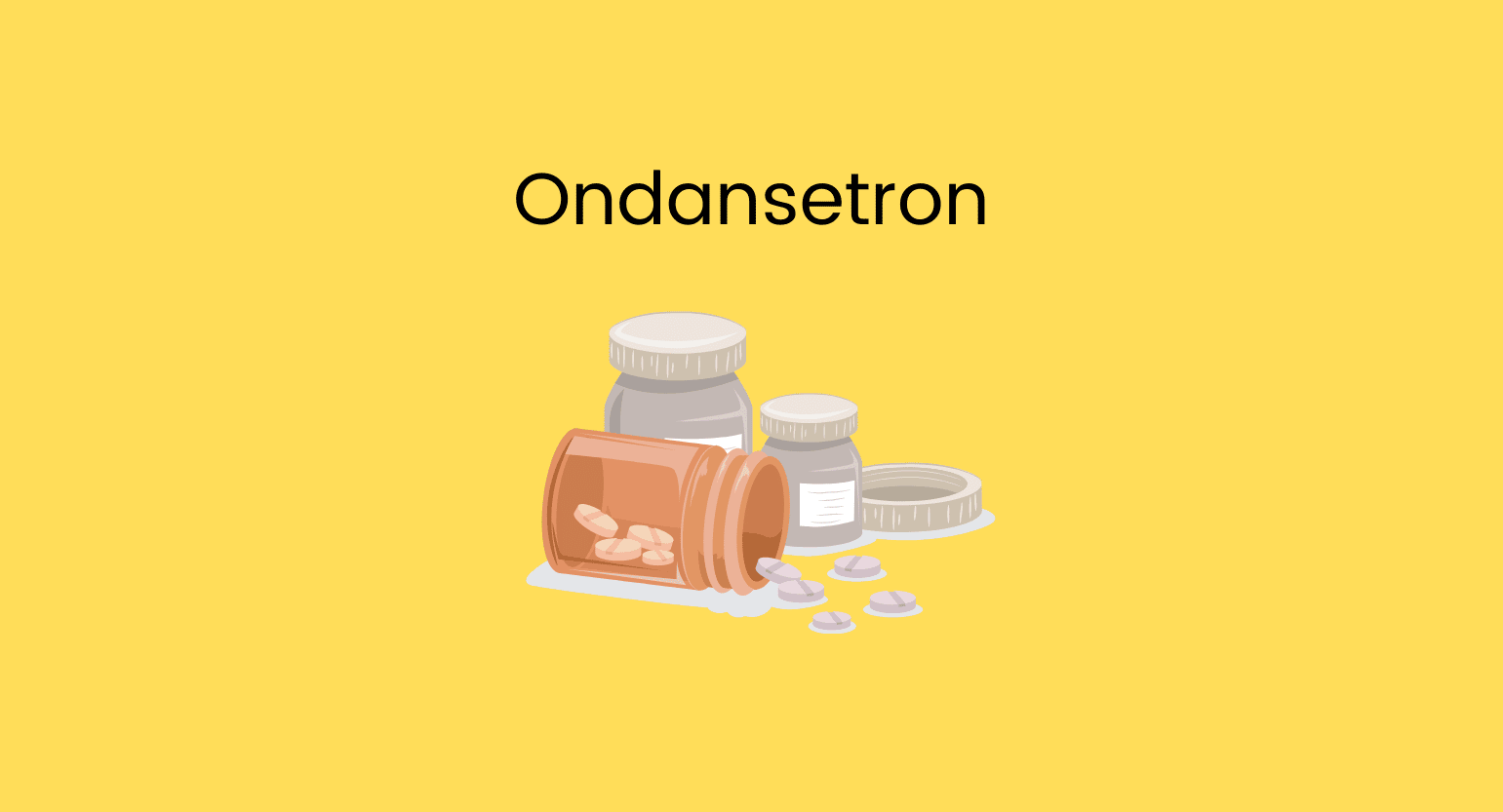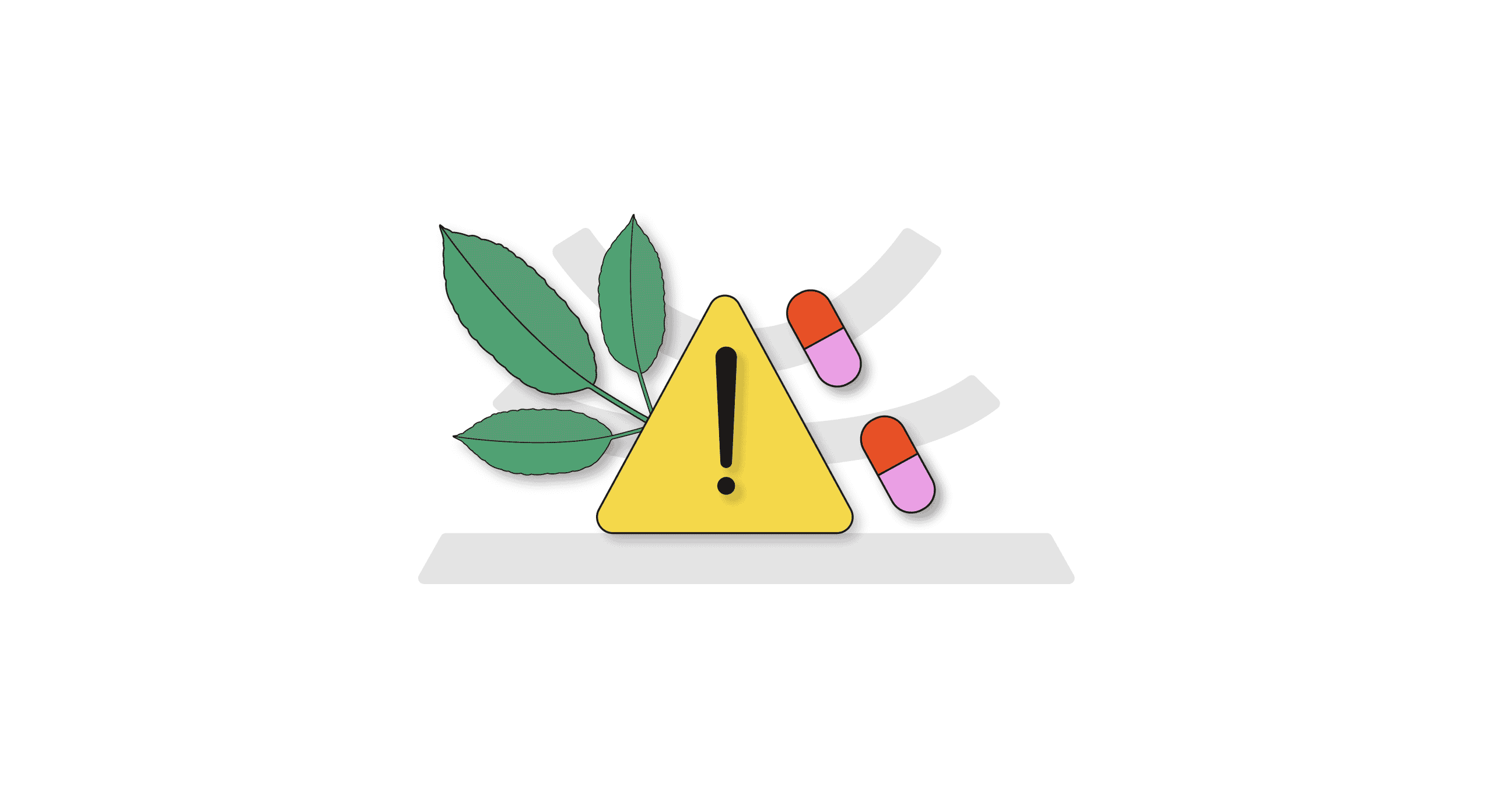Does Kratom Interact With Cocaine?
Yes! Kratom carries a high risk of interacting with stimulants, including cocaine.
Both kratom and cocaine stimulate the central nervous system. When two or more substances exert too much force on the same pathways in the body, the risk for side effects or overdose increases.
There’s also a possibility of metabolic interactions between kratom and cocaine. This refers to how these substances are broken down and eliminated from the body.
A series of enzymes in the liver (CYP450) break down all the medications, drugs, or herbal supplements we consume. Both kratom and cocaine are metabolized in the liver by the CYP3A4 enzyme [1, 2].
If two or more compounds compete for the same metabolic pathway, it can lead to a backup. This phenomenon is called metabolic competition, and it can increase the duration of the effects of both substances, enhance sensitivity, and result in a higher chance of experiencing side effects.
With that said, the risk is low for metabolic competition between these substances. Kratom also relies on other pathways for its metabolization (namely, CYP2D6), and research shows cocaine only has a mild inhibiting action on liver enzyme activity [3].
Cocaine Specifications
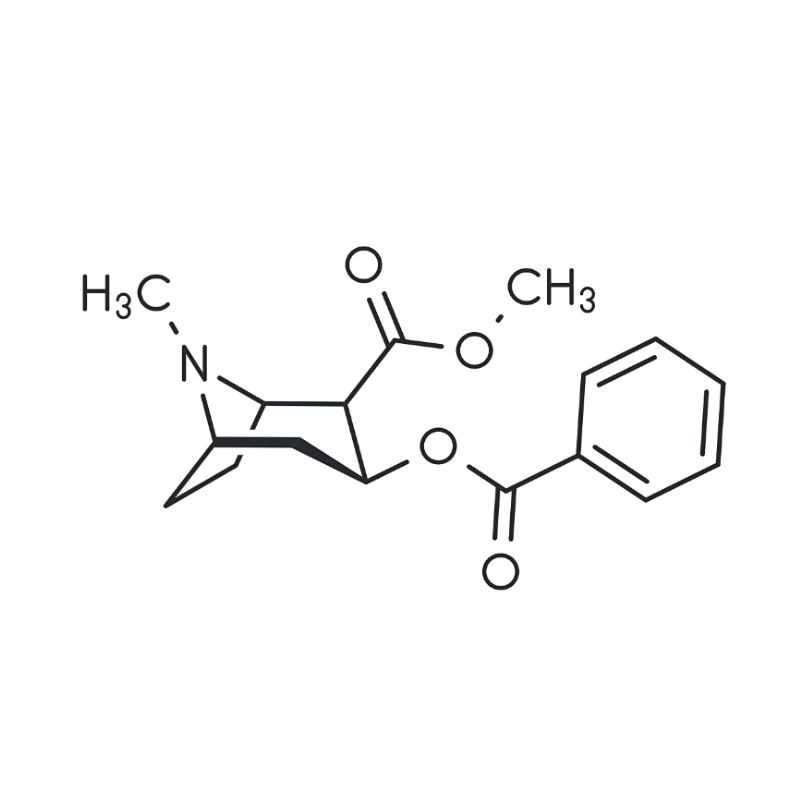
| Drug Name | Cocaine |
| Trade Name | Neurococaine, Goprelto, Numbrino |
| Classification | Stimulant |
| Metabolism | CYP3A4 |
| Interaction With Kratom | Agonistic, Metabolic Competition |
| Risk of Interaction | High |
Is it Safe to Take Kratom With Cocaine?
Definitely not: this is a combination you shouldn’t be experimenting with.
Both kratom and cocaine act on the body through the same mechanisms and create comparable effects. This often leads to increased adverse effects such as rapid heart rate, high blood pressure, muscle tension, insomnia, anxiety, seizures, stroke, and more.
Statistics show that fatalities from kratom and cocaine are much more likely when more than one compound is taken.
There are no studies directly assessing the risks between these two drugs. However, we know that kratom behaves much like an opioid, and opioids and cocaine are a deadly combination.
What is Cocaine?
Cocaine is a stimulant drug produced via a chemical process; it is made from Erythroxylum coca and Erythroxylum novogranatense — two coca plant species found in South America.
Technically speaking, cocaine is a tropane alkaloid.
Alkaloids are naturally occurring compounds with a broad range of pharmacological properties. Kratom also contains alkaloids, namely mitragynine and 7-hydroxymitragynine.
The DEA currently lists cocaine as a Schedule II substance. This means it has accepted medical uses, as well as an incredibly high potential for abuse and the development of dependence.
Cocaine is one of the most widely utilized narcotics in the United States and worldwide.
What is Cocaine Used for?
Contrary to popular belief, cocaine does have legitimate medical uses.
Cocaine is a common topical medication in sinonasal and lacrimal duct surgery due to its excellent vasoconstrictive and anesthetic properties [4]. It is also used occasionally for other procedures such as nasal cauterization.
Recently, two cocaine hydrochloride treatments (Goprelto & Numbrino) have been approved as local anesthetics.
Nevertheless, cocaine’s medical usage has declined steadily as other synthetic local anesthetics like benzocaine and lidocaine have become more popular [5].
Regarding recreational use, cocaine is consumed because of the powerful euphoric and stimulant effects it can produce.

What’s the Dose of Cocaine?
Applying topical or nasal spray versions of medical cocaine doesn’t require dosage considerations.
The medication is applied to the area until there is a loss of feeling or numbness.
When it comes to cocaine’s recreational use, there are no generally accepted doses since it is not a medical issue. You should not engage in illegal cocaine use as it could lead to death or a serious health event.
However, if you do, you should consume a low dose and never combine it with other drugs such as alcohol or heroin.
What Are the Side Effects of Cocaine?
Cocaine can regularly induce adverse effects.
Some of the immediate physical side effects include:
- Bruxism
- Decreased appetite
- Dilated pupils
- Increase in body temperature
- Increased blood pressure
- Increased heart rate
- Paranoia
- Sweating
More serious and long-lasting adverse effects include [6]:
- Blood clots
- Degradation of nasal cartilage
- Increased risk of stroke and heart attacks
- Lung injury (when smoked)
Overdose deaths involving cocaine have increased considerably since 2016. The concomitant use of opioids makes cocaine use a lot more dangerous. Additionally, cocaine tolerance is very likely even with a brief period of use [7].
Lastly, there are further risks involved with cocaine:
- Dangerous adulterants such as fentanyl are often mixed in with street-bought cocaine.
- Injecting cocaine presents the danger of transmitting diseases through infected needles.
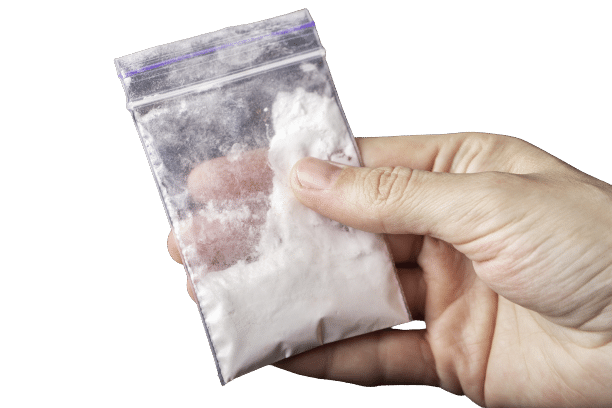
What is Kratom?
Kratom is a herbal extract produced from the leaves of the Mitragyna speciosa tree. It’s native to Southeast Asia —namely Thailand, Vietnam, Indonesia, and the Borneo region— where it has grown for centuries. Like coca or coffee, kratom was first discovered and used by indigenous peoples before becoming known to the wider world.
As of the moment, there is not much research on kratom. And unfortunately, due to the FDA, kratom research is being hobbled. However, the WHO recently review the herbal extract and concluded it is safe to use.
What is Kratom Used for?
One of the most remarkable things about kratom is how broad its benefits are.
The kratom plant is used for many things, such as:
- Increasing overall energy, focus, and creativity
- Feelings of euphoria
- Reducing anxiety
- Pain relief
- Weight-loss
- Relieving opiate withdrawal symptoms
Kratom’s effects are dependent on the amount consumed. Be sure to match your kratom consumption to your intended purpose.

What’s the Dose of Kratom?
Getting your kratom dosage right is everything. You might end up with the opposite effects if you take too much or too little.
To make sure you have the effects you need, follow these guidelines:
- Low dose (1 – 5 g): this range is best for kratom’s energizing and mental benefits.
- Medium dose (5 – 10 g): analgesic and anxiolytic properties become more pronounced at this level.
- High dose (10 – 15 g): the relaxant, analgesic, and anxiolytic qualities are strong in this range.
Always remember to be mindful of how your body reacts to kratom; go slow if you’re just starting. First-timers should not exceed 3 g.
Also see: How Long Does Kratom Stay in the System?
What Are the Side Effects of Kratom?
Kratom use is relatively safe, but there are some side effects to be aware of. If you find yourself dealing with any of these, try cutting back on the amount you take.
Kratom may cause the following side effects:
More serious side effects include:
- Itchiness
- Liver injury (with long-term use)
- Loss of muscle coordination
- Low blood pressure
- Low libido
- Poor appetite
- Seizures
- Tremors
Furthermore, kratom can also cause mental and physical dependence.
Overall, kratom is safe and rarely causes adverse reactions. Kratom deaths are rare events, and almost all instances involve other drugs like opioids.
Suggested Reading: Is Kratom an Opioid?
What Are the Different Types of Kratom?
Kratom is available in three main strains and one subcategory. Having a handle on the basic kratom strains is important as they can help you get the best out of your kratom experience.
White Vein Kratom
Are you interested in kratom specifically for its nootropic benefits? Try white-vein kratom since these strains tend to boost energy and increase focus.
Red Vein Kratom
Do you want to experience analgesic or anxiolytic relief but don’t want to deal with the stimulant side of the kratom spectrum? Red-veined kratom strains are the answer. It doesn’t take much to get the benefits.
Green Vein Kratom
Green vein kratom is a jack of all trades but a master of none.
It has a healthy balance of the properties found in both white and red vein kratom strains, but it doesn’t offer a targeted experience.
Yellow Vein Kratom
Yellow vein kratom is the odd man out. It is basically the same as green vein kratom except for one thing: it is the mildest strain and perfect for beginners.

Key Takeaways: Is it Safe to Mix Kratom & Cocaine?
You should not mix kratom and cocaine under any circumstances; there’s no good reason you should take this combination.
The only situation where taking kratom and cocaine makes sense is to wean yourself off of cocaine use and avoid withdrawal symptoms. However, never do this without a doctor’s supervision.
In general, you shouldn’t be taking cocaine at all, and combining it with any other substance is a dangerous game to play.
- Pasanen, M., Pellinen, P., Stenbäck, F., Juvonen, R. O., Raunio, H., & Pelkonen, O. (1995). The role of CYP enzymes in cocaine-induced liver damage. Archives of toxicology, 69(5), 287-290.
- Kamble, S. H., Sharma, A., King, T. I., León, F., McCurdy, C. R., & Avery, B. A. (2019). Metabolite profiling and identification of enzymes responsible for the metabolism of mitragynine, the major alkaloid of Mitragyna speciosa (kratom). Xenobiotica, 49(11), 1279-1288.
- Schindler, C. W., & Goldberg, S. R. (2012). Accelerating cocaine metabolism as an approach to the treatment of cocaine abuse and toxicity. Future medicinal chemistry, 4(2), 163-175.
- MacNeil, S. D., Rotenberg, B., Sowerby, L., Allen, B., Richard, L., & Shariff, S. Z. (2020). Medical use of cocaine and perioperative morbidity following sinonasal surgery—A population study. PloS one, 15(7), e0236356.
- Dwyer, C., Sowerby, L., & Rotenberg, B. W. (2016). Is cocaine a safe topical agent for use during endoscopic sinus surgery?. The Laryngoscope, 126(8), 1721-1723.
- Cregler, L. L. (1989). Adverse health consequences of cocaine abuse. Journal of the National Medical Association, 81(1), 27.
- Pomara, C., Cassano, T., D’Errico, S., Bello, S., Romano, A. D., Riezzo, I., & Serviddio, G. (2012). Data available on the extent of cocaine use and dependence: biochemistry, pharmacologic effects and global burden of disease of cocaine abusers. Current medicinal chemistry, 19(33), 5647-5657.





